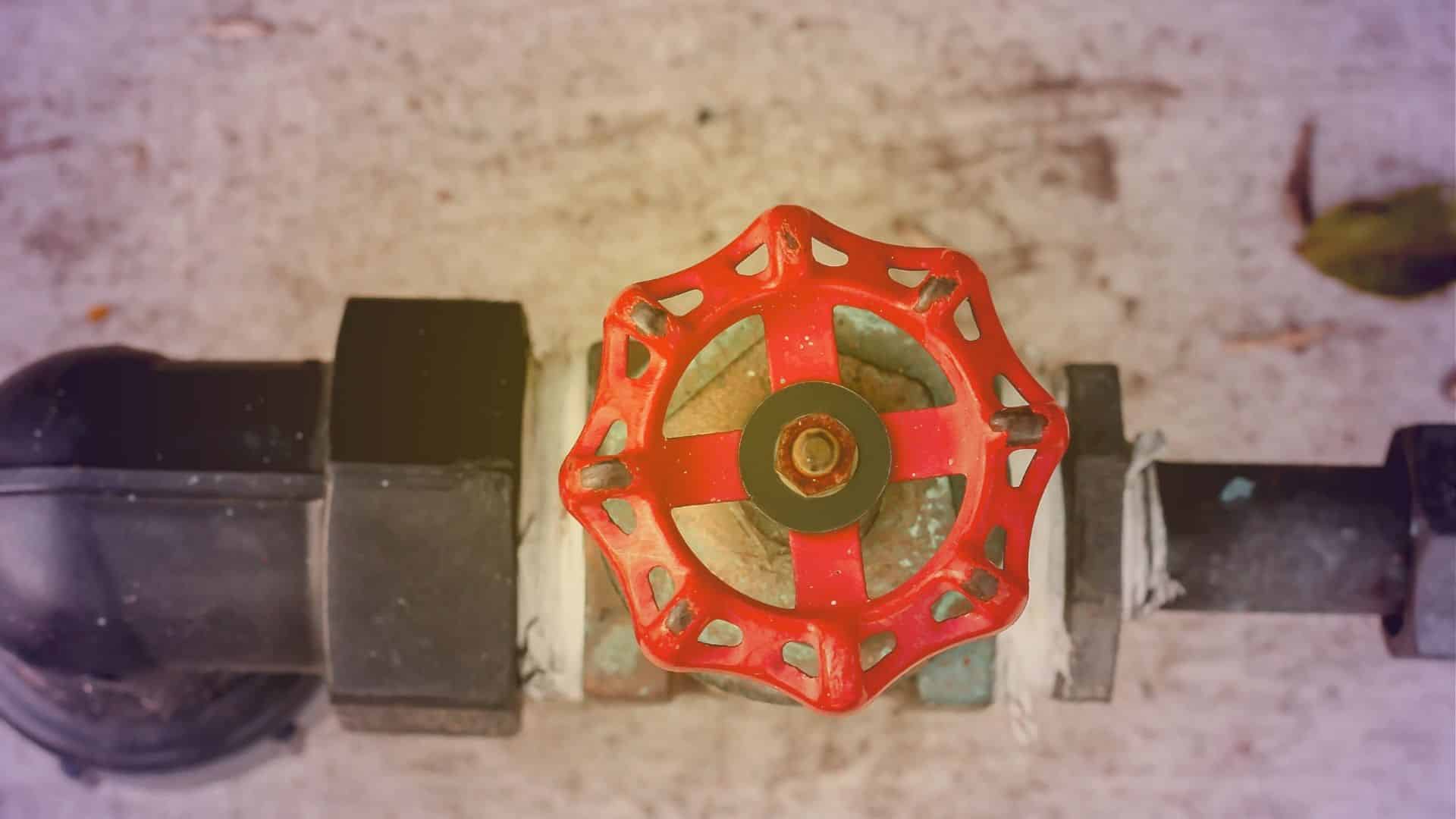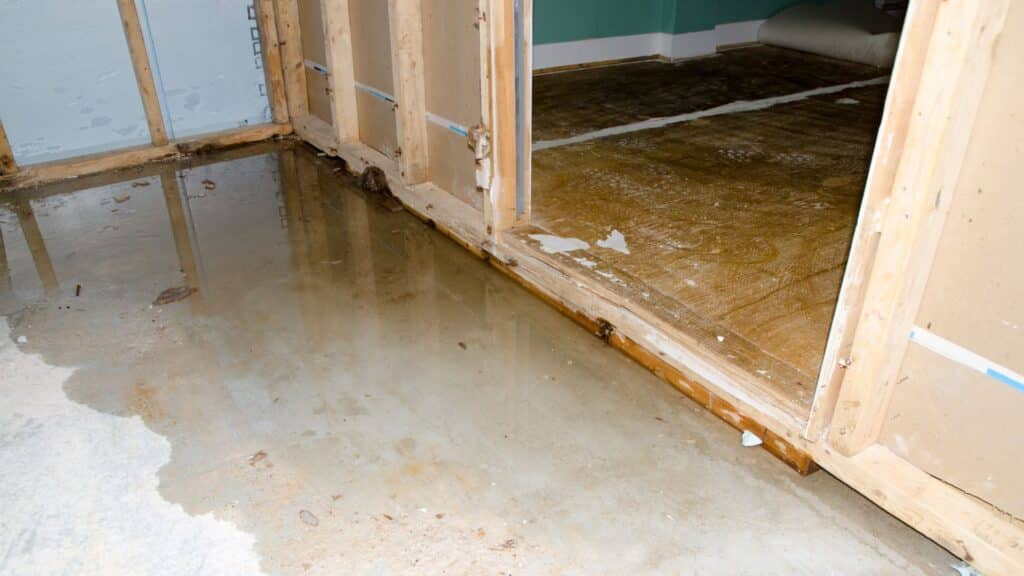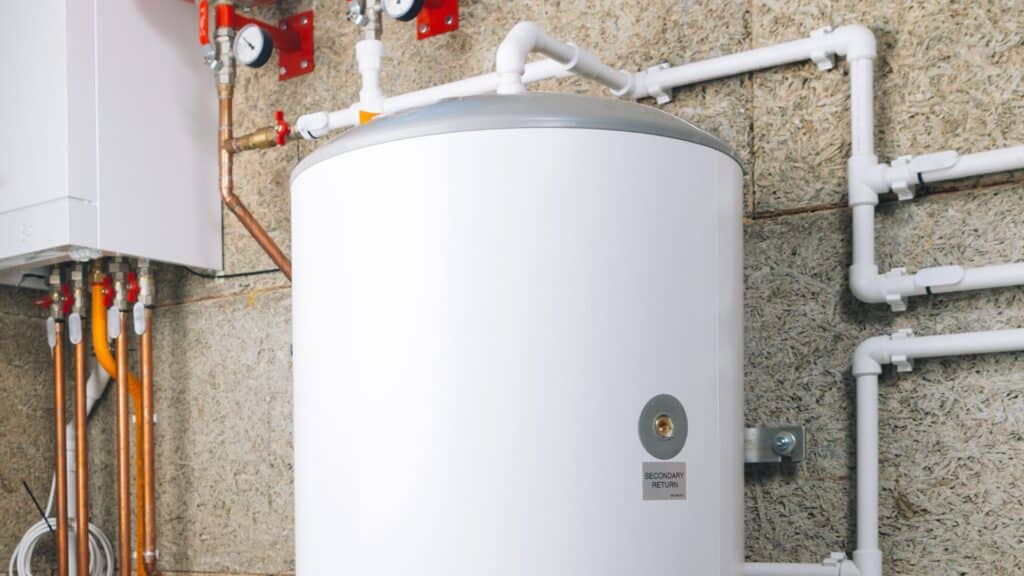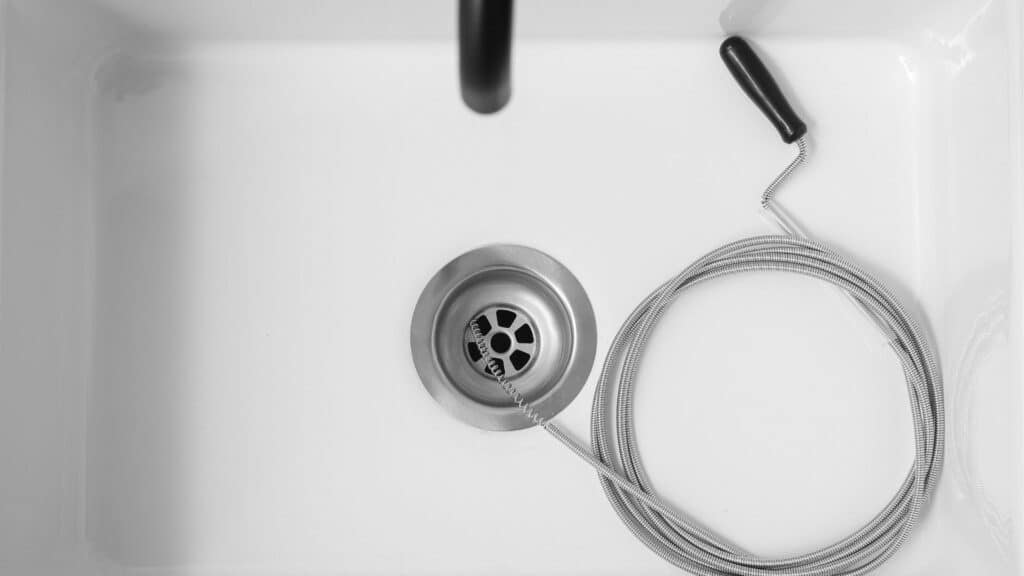Backflow may not be something most homeowners or business owners think about often, but it’s a serious plumbing risk that can affect your health, safety, and the integrity of your water system. So, what is a backflow prevention device, and why does it matter? In simple terms, it’s a plumbing device that prevents backflow – the unwanted reversal of water flow that can allow contaminants to enter your clean water supply.
In Calgary, where changing temperatures and varied plumbing layouts are common, Calgary plumbers often recommend installing backflow preventers to protect both residential and commercial properties. This blog will explain how these devices work, the types of backflow prevention devices, and when you should consider installation.
What Is Backflow and Why Is It Dangerous?
Backflow happens when water in a plumbing system flows in the opposite direction from what is intended. Instead of moving away from your home or business through the wastewater system, water starts to flow backward into the potable water supplies.This reversal can be caused by sudden drops in water pressure, such as during a main break or when firefighters use a nearby hydrant.
These pressure changes can allow contaminants from sources like irrigation systems, toilets, or industrial equipment to enter your drinking water.
That’s why emergency plumbers in Calgary are often called when there’s a suspected backflow problem—because it can cause health hazards, water damage, and even shut down water services until the issue is resolved.
What Is a Backflow Prevention Device?
A backflow prevention device is a mechanical unit installed on your water supply line that prevents contaminated water from flowing backward into clean water pipes. It uses check valves or air gaps to stop reverse flow and is often required in areas with a high risk of cross connections. These prevention devices are especially important in homes with:
- Lawn irrigation or sprinkler systems
- Hot water tanks or boilers
- Swimming pools
- Commercial kitchens or industrial equipment
In commercial and industrial environments, commercial backflow prevention systems are even more critical. Businesses that handle chemicals, wastewater, or food processing are required by law to install proper preventers to protect the municipal water source.
Common Types of Backflow Prevention Devices
There are several types of backflow preventers designed for different risks and plumbing setups. Here are the most common options:
1. Atmospheric Vacuum Breaker (AVB)
A simple device usually used in sprinkler systems. It stops backflow by allowing air into the pipe, which breaks the siphon.
2. Pressure Vacuum Breaker (PVB)
Similar to the AVB but includes a spring-loaded valve for better pressure control. It must be installed above ground.
3. Double Check Valve Assembly (DCVA)
This device has two check valves for added protection. It is widely used in commercial backflow prevention and residential plumbing with medium hazard risk.
4. Reduced Pressure Zone Device (RPZ)
Used in high-risk settings like hospitals, factories, or large residential complexes. It offers maximum protection by releasing contaminated water before it can reach the clean supply.
Knowing the types of backflow prevention devices helps you and your plumber decide which model suits your property best.

When Should You Install One?
If you’re unsure whether you need one, it’s best to consult Calgary plumbers familiar with city codes and water safety guidelines. You may need to consider backflow preventer installation if:
- You’re installing or updating an irrigation system
- Your home or business uses a hot water tank or boiler
- You notice signs of pressure problems or discoloured water
- You’re required by local bylaw (common in commercial properties)
Some homes and most businesses are already required to have these devices tested annually. If yours is outdated or missing, installing a backflow prevention system is a smart move.
How Installation Works
Backflow preventer installation is a job best left to professionals. Certified plumbers will:
- Assess your plumbing system and water pipes
- Select the right device for your setup
- Shut off the water supply and install the unit
- Test for leaks and ensure proper operation
- Report the installation to city officials if required
This process helps ensure your plumbing system meets local codes while protecting your home or business from plumbing problems.
Why This Matters for Homeowners and Businesses
While the need for emergency plumbers in Calgary often arises from urgent leaks or clogs, backflow is a silent threat. Without proper prevention devices, your tap water could be exposed to sewage, fertilizers, or industrial chemicals—all without your knowledge.
That’s why routine inspections and emergency plumbing services are important.
Regular testing ensures the device is functioning correctly and keeps your water to flow safely and cleanly. It also offers peace of mind. Knowing that your plumbing and heating system is protected gives you confidence that you’re safeguarding your family, employees, or customers.
Calgary Backflow Prevention
So, what is a backflow prevention device? It’s a critical piece of equipment that keeps your drinking water safe by stopping contaminated water from flowing backward into your pipes.
Whether you’re dealing with commercial backflow prevention or residential systems, choosing the right types of backflow prevention devices and working with trusted Calgary plumbers ensures long-term safety.
If you’re unsure whether your property needs one, or if you suspect a problem, don’t hesitate to contact AAA emergency plumbers in Calgary. From routine maintenance to emergency service, your water supply is worth protecting.






